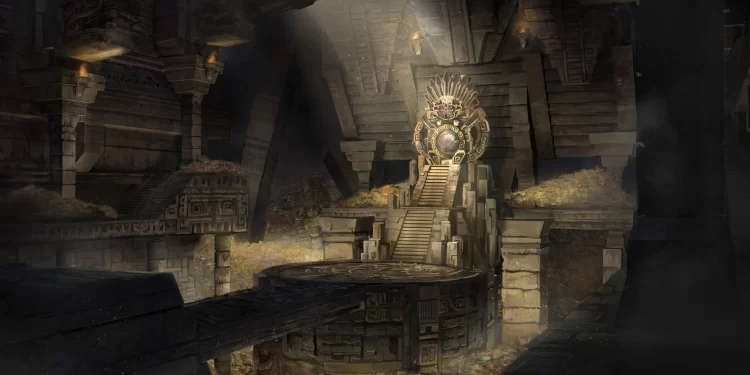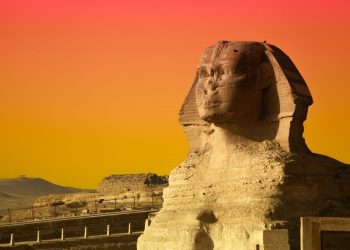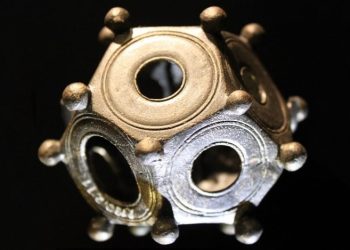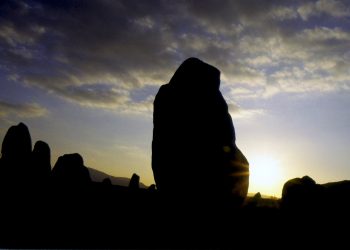The underworld, a complex realm of the afterlife, has been a recurring theme in various cultures throughout history. With unique representations in Greek, Norse, and Mayan mythologies, the concept serves as a window into the human psyche and cultural beliefs about life, death, and what lies beyond. This article explores the underworlds of Hades, Hel, and Xibalba, highlighting the similarities and differences in their depictions and cultural contexts.
Hades: The Greek Underworld
Hades is a well-known element of Greek mythology, referring to both the god of the underworld and the realm itself. This underworld is a complex place with various regions designated for the dead, depending on their deeds in life.
- The River Styx: A boundary between Earth and the Underworld, where Charon ferries the souls of the dead.
- Elysian Fields and Tartarus: Areas of reward and punishment within Hades.
- Cultural Influence: Hades’ portrayal has significantly influenced Western literature and philosophy.
Hel: The Norse Underworld
In Norse mythology, Hel is both a goddess and a realm reserved for those who did not die a heroic or notable death.
- Location and Description: Often depicted as underground, it is a cold and dreary place.
- Hel’s Rule: Hel, the daughter of Loki, oversees the realm, determining the fate of the souls.
- Modern Interpretations: Hel has found its way into modern pop culture through various media.
Xibalba: The Mayan Underworld
Xibalba, in Mayan mythology, is a place of fear and challenges, filled with traps and ruled by death gods.
- Entrances and Geography: Believed to be accessible through caves and sinkholes.
- Death Gods and Trials: Ruled by twelve deities, the underworld presents various trials for the souls.
- Archaeological Insights: The study of Xibalba has contributed to understanding Mayan beliefs and rituals.
Universal Fascination
Though distinct in their cultural contexts, the mythical underworlds of Hades, Hel, and Xibalba share common themes of death, judgment, and the moral compass guiding human behavior. These myths provide valuable insight into how various cultures perceive the unknown and the afterlife. The explorations of these underworlds continue to inspire and provoke thought, transcending their mythical origins and resonating with our contemporary understanding of human nature and the universe.
This detailed comparison of underworld myths serves as a rich source of cultural understanding, emphasizing the universality of human curiosity about the unknown and the enduring power of myth to shape our worldview. The interplay between these realms continues to influence modern culture, shedding light on the timeless quest to comprehend what lies beyond our mortal existence.
Featured image: The Mayan throne room within Xibalba. (Art by https://www.artstation.com/tjfoo)
PLEASE READ: Have something to add? Visit Curiosmos on Facebook. Join the discussion in our mobile Telegram group. Also, follow us on Google News. Interesting in history, mysteries, and more? Visit Ancient Library’s Telegram group and become part of an exclusive group.











